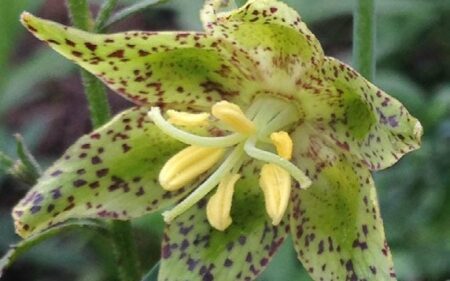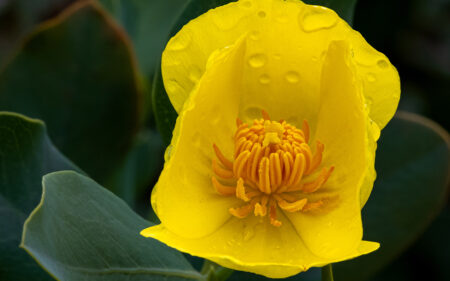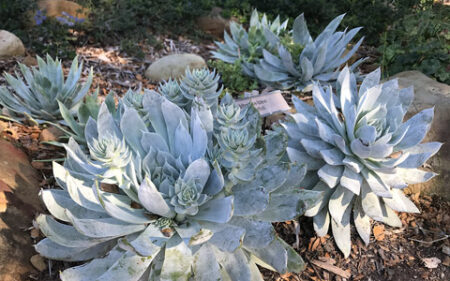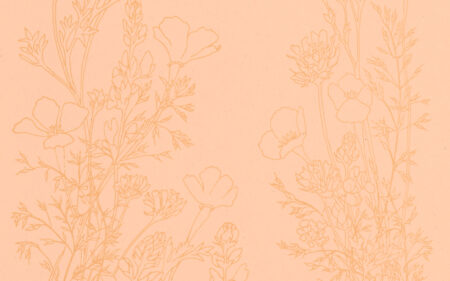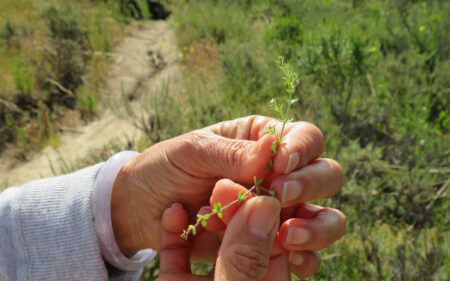Gone Gallin’!
During the week of September 3 – 11, iNaturalist is conducting their second annual Gall Week event in which they ask for participation from their greater community to help contribute to their Galls of California project.
What is a gall? I’m glad you asked. A gall is basically an abnormal growth of plant tissue formed on a plant by certain insects who use it for food, shelter, and protection. Galls might also be caused by a nematode, mite, virus, fungus, or another plant species! They are complex structures that develop as a plant’s response to insect stimuli and what makes them so fascinating is that the insect that caused the gall can be identified by the gall itself, even if it’s not visible.
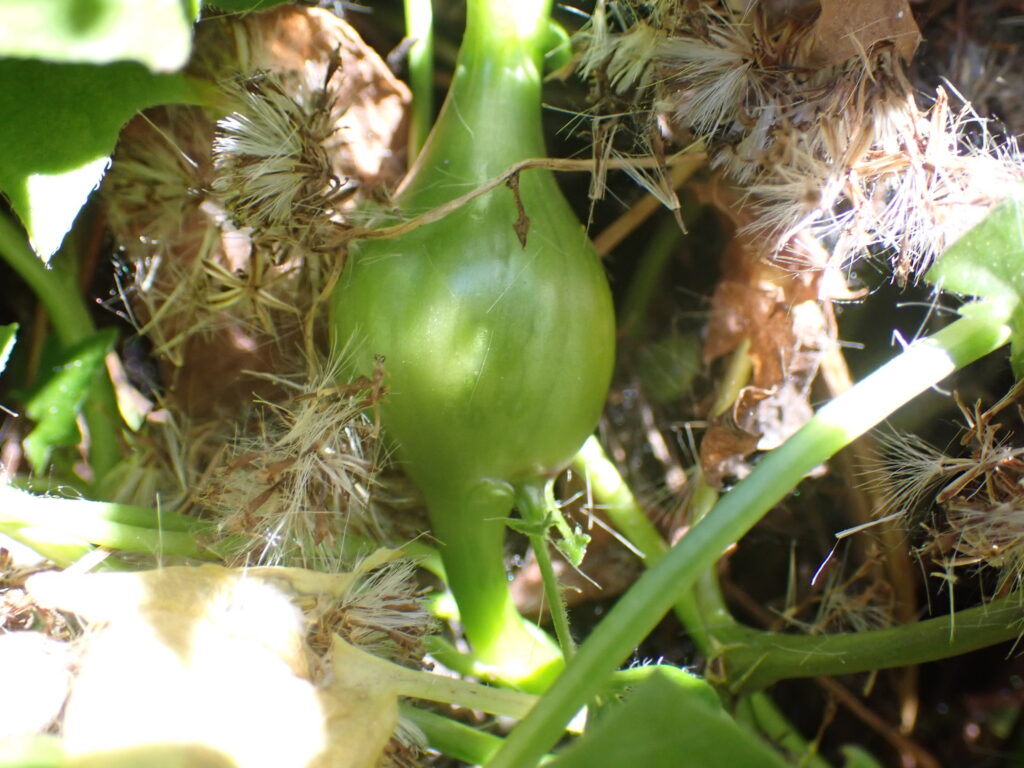
However, there are still plenty of galls made by unidentified sources or insects, which is what the iNaturalist project is hoping to chart. As with everything in the iNaturalist, the project relies heavily on crowd-sourced observations and expertise. The more participants in a project, the more observations can be made and eventually, more identifications can be suggested.
Looking at our local flora, some of the more common galls you might spot would be Oak wasps (Cynipidae) on oaks (Quercus spp.), Sawflies (Euura) on Willows (Salix spp.), Midges (Cecidomyiidae) on Coyote Bush (Baccharis pilularis), aphids (Tamalia coweni)on Manzanitas (Arctostaphylos spp.). These are all discussed in this story from the Summer/Spring 2022 issue of Ironwood written by the Garden’s Terrestrial Invertebrate Conservation Ecologist, Zach Phillips, Ph.D.
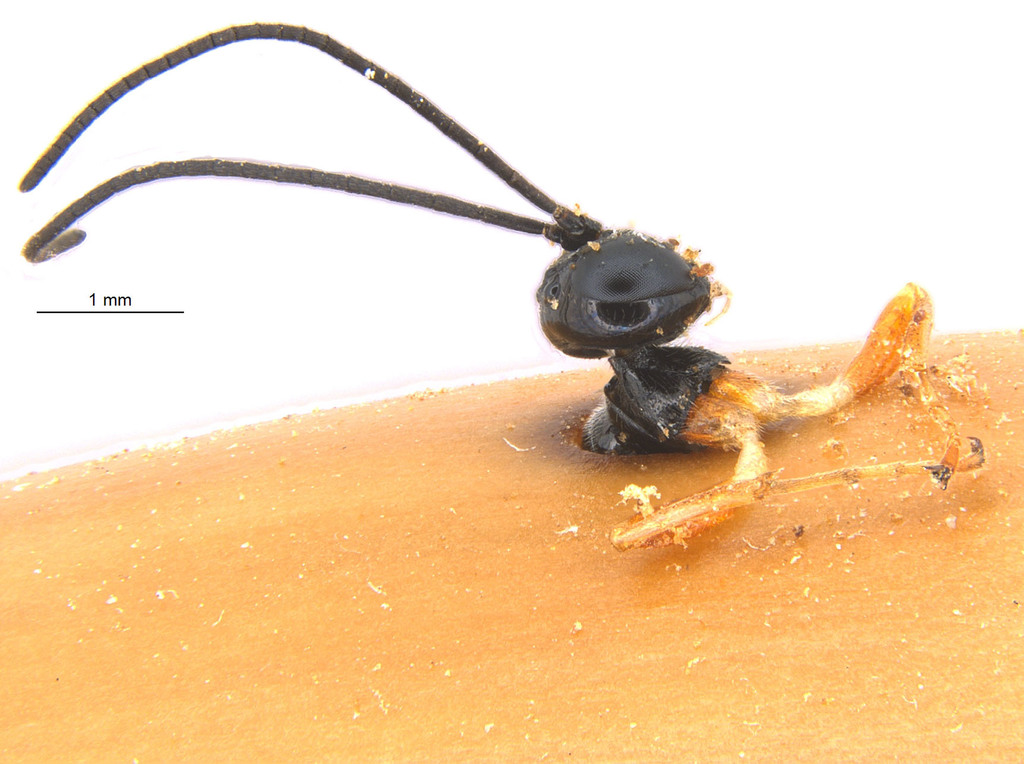
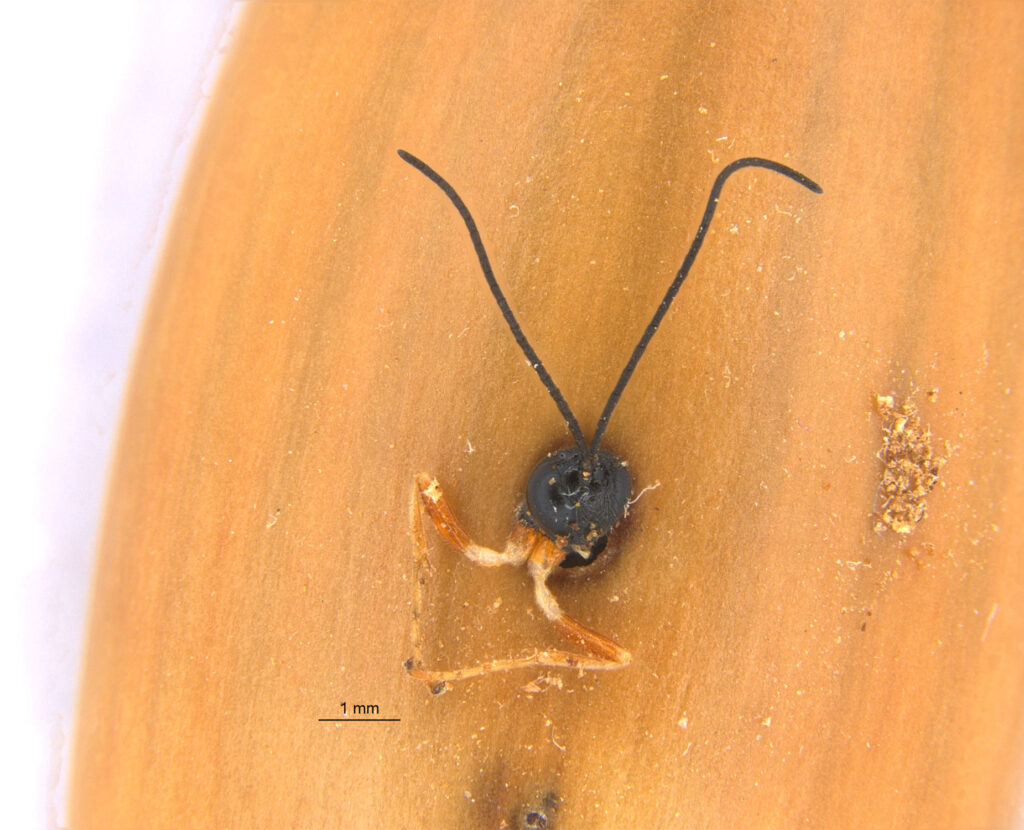
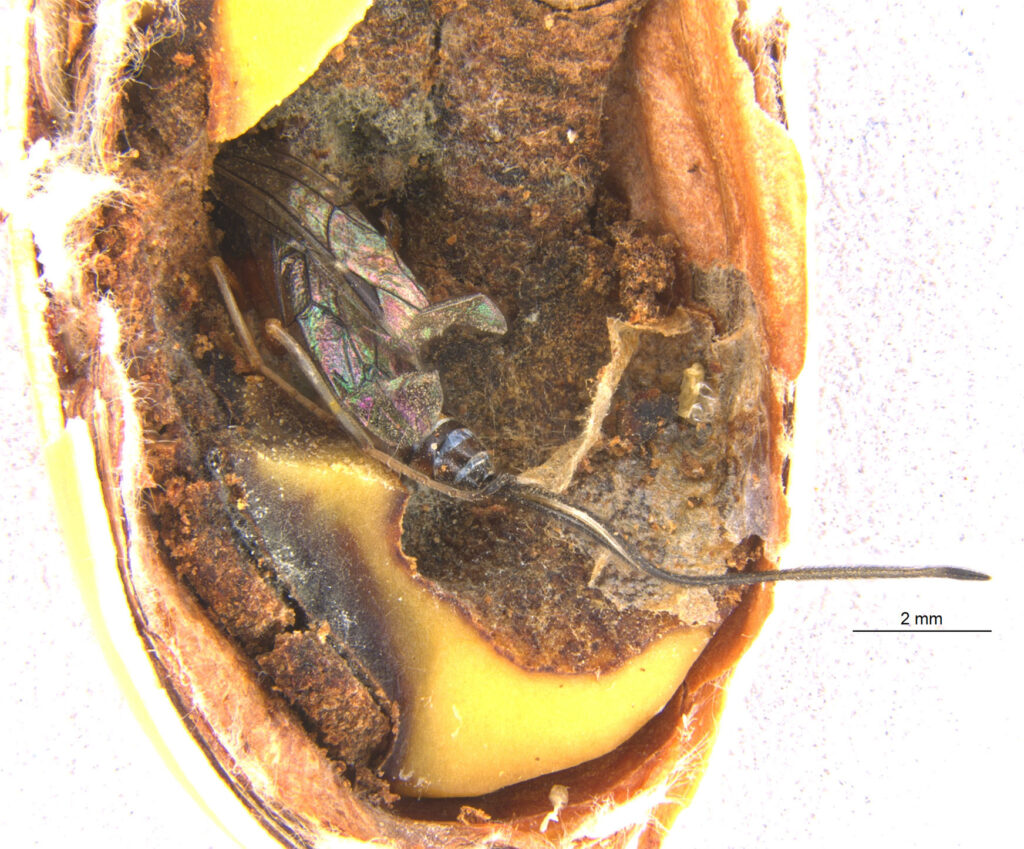
So How Does One Spot a Gall?
The Garden’s Living Collections Curator, Christina Varnava, recommends you get up close (but at the Garden, we ask that you try to keep to the paths!), observe all the plant parts and ask yourself, “does anything stand out?” Compare the features to get a sense of what an “un-galled” plant looks like. “Start with the oaks or the manzanitas,” Christina explains, “Both have galls that are easy to see.” Galls often have some red coloring on them too, making them easy to differentiate from most plant material.
So download iNaturalist, if you haven’t already, join the Gall Week project and let’s go gallin’!
 Donate
Donate